In previous articles, we’ve talked a lot about Search Engine Optimization, featured snippet, rich snippets and the different types like the knowledge panel, knowledge card, knowledge graph, and even the blue links below the listing. We also discussed link building and some SEO efforts that you can use to enhance your content and optimize for your SEO Strategy. All of these discussions involve search intent, which we are going to discuss more today.
What is search intent? What is it’s relationship to SEO? Is it important? Learn more about search intent, it’s relationship to SEO, and why you should be considering the search intent behind every search for your keyword/keywords
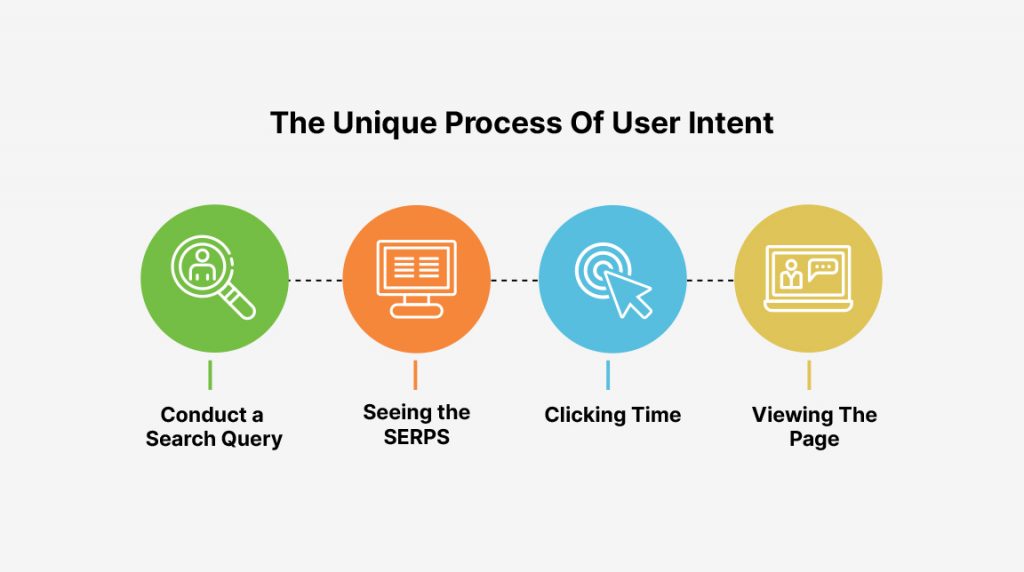
If you use a search engine such as Google for an online search, there’s a search bar or search box that pop’s out where you can add your query in. Doing a search means you already have search terms in mind that you are going to use, you then start typing that search phrase, and then eventually, results will show up that would be relevant to your search term. So how does this involve search intent?
Well for starters, search intent is the “why” of a search query.
To put it another way, why did you conduct the search? Do you want to learn? Are you planning to buy something? Or are you searching for a specific website?
User search intent is one of the most important ranking factors for Google when it comes to online search but it is frequently overlooked. Understanding the intent behind certain search queries can assist you in creating valuable and relevant content that speaks to your users. Whether you’re experimenting with keyword ideas or simply looking for the best way to generate new leads, search intent should play a significant role in your content creation process.
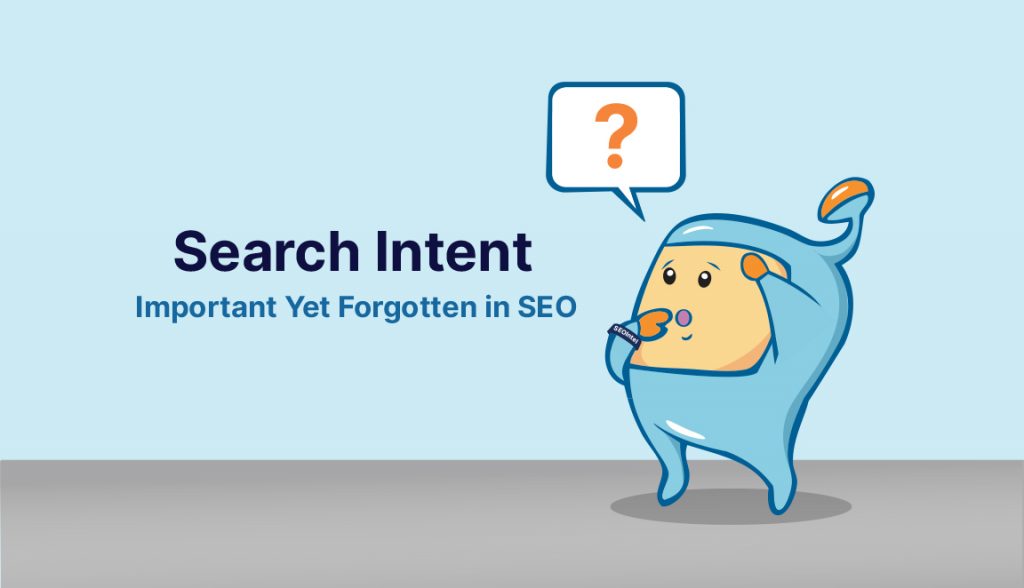
Google’s goal is to provide users with the most relevant result for their query.
How do we know? Google’s success as a company is dependent on its success in this endeavor. You only need to look at Bing to see what happens when a search engine’s results are low-quality and irrelevant. It is seldom used, which means that ad revenue is reduced.
Google also states that its mission is to “organize the world’s information and make it universally accessible and useful,” which is a dead giveaway to this purpose.
If you want to get on top of the Google search results page, you must be the most relevant result for the query.
First and foremost, this entails creating content that is relevant to the search intent of the searchers.
The foundation of SEO success is relevance.
Don’t try to keyword stuff your landing page if you want to rank for “best shoe store.” That will not happen. Google understands what users expect to see when they search for this phrase, and it isn’t that. Its information about the best shoe store, such as blog posts and comparison charts.
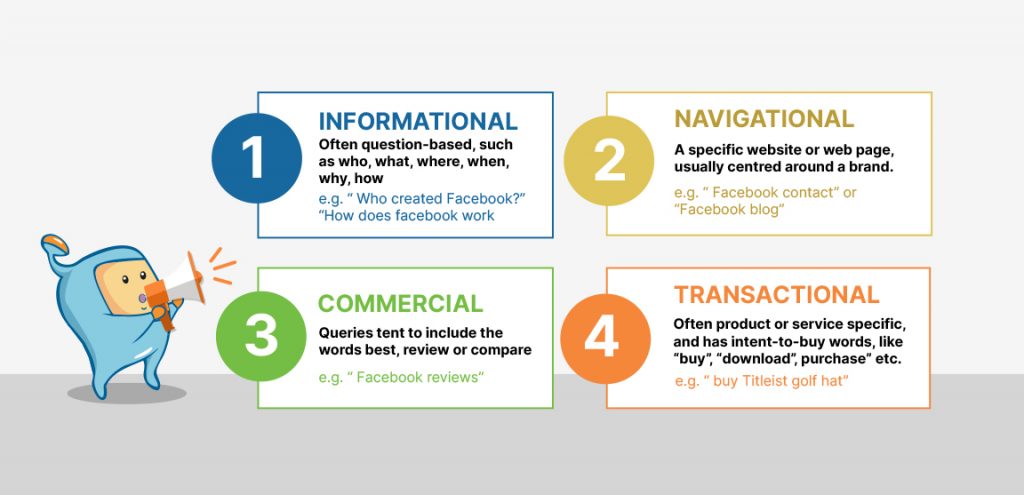
There are four main types of search intent – informational, navigational, transactional, and commercial.
The majority of people who use search engines will fall into this category – the informational keywords or queries. They are looking for information, conducting research, or attempting to solve a problem. In a nutshell, it is people who conduct research. The searcher is looking for data. This could be an answer to a simple question such as “Who created Facebook?” or something that necessitates a longer and more detailed response, such as “how does Facebook work?” However, not all informational searches are posed as questions, they can just be keyword phrases such as Facebook founder, which means that the searcher is looking for who is the founder of Facebook.
For a navigational search, the searcher wants to find a specific website, they’ve already decided where they want to go. It’s probably just faster and easier for them to Google it than it is for them to type the entire URL into the address bar. They might also be unsure of the precise URL that they are looking for.
For a transactional search, the searcher wishes to make a purchase. They’re in the market for something. They most likely already know what they want to buy and they’re looking for a store to purchase it from.
Under a commercial search, the searcher is looking for a specific product or service but has not yet decided which solution is best for them. They’re probably looking for feedback and comparisons. They’re still considering their options.
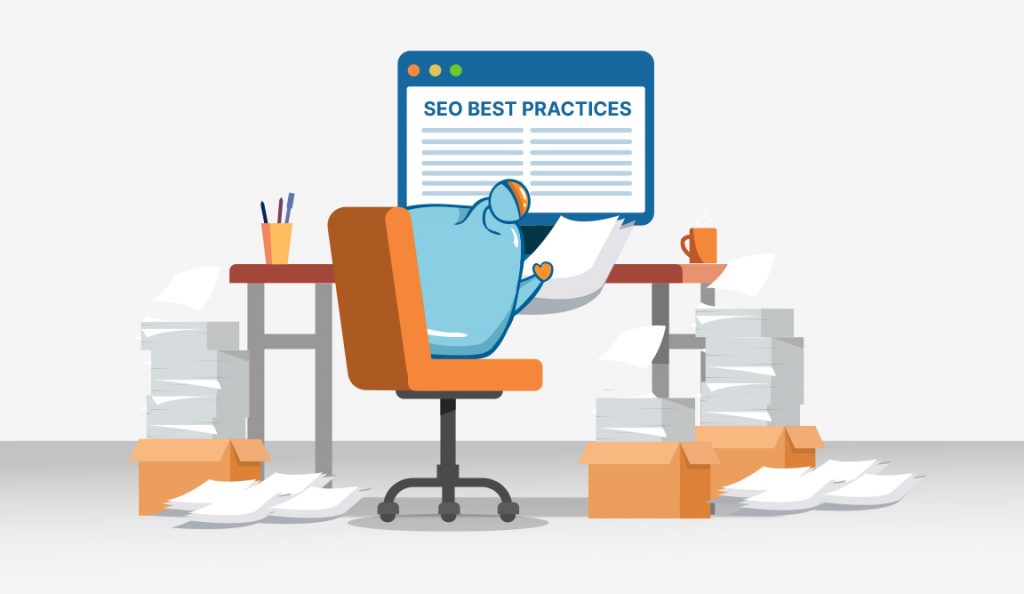
You can begin optimizing your content to rank higher in the SERPs by keeping the four types of search intent in mind. In previous sections, I mentioned how the buyer’s journey can correlate with search intent, but now I’d like to delve deeper into that concept.
Searchers have varying intentions, which frequently correspond to the various stages of the buyer’s journey. As a result, you should align your keywords with the buyer’s journey and refine keyword targets based on their purchase intent. You can, in a sense, convert your traditional marketing funnel into a keyword funnel for content creation.
In the previous discussion of the different types of search intent, keyword examples were shown in the infographic that fits the particular search intent. With this, we can now see where search intent fits into the buyer’s journey.
Broad keywords that appear in informational searches are ideal for potential customers who are learning about your company. Branded keywords in navigational keyword searches help people find and learn about your company quickly. In commercial keyword searches, specific keyword ideas provide information about your products or services. Lastly, transactional keywords assist you in converting those who are ready to buy.
Knowing your buyer is the key to targeting customers at these various stages. Having a buyer persona on hand can help you zero in on what potential customers are looking for, thinking about, and any roadblocks they may encounter. Once you know who is purchasing your product, you can tailor your keywords to their journey.
Target Keywords with Clear Search Intent

If you’ve done any keyword research using keyword research tools, you’ll know that you should match the keywords to the content that you create. In addition, build your content around the keywords users are searching for and their particular search intent for that query.
The best way to improve your content and rankings is to begin by using exact keywords with a clear search intent rather than potential keywords with mixed search intent. Long-tail keywords typically have a clearer search intent than one or two-word keywords.
Assume you want to target searchers with the informational search intent group. You’re selling sandals and want to establish your expertise as the shoe maker.
Should your next blog post be about “sandals” or “how to pick high-quality sandals”?
People who search for “sandals” may want to buy them or learn more about them. Because it is so broad, the first page of SERPs contains a variety of search intent types.
Because the search intent is unclear, Google returns a wide variety of results to accommodate as many searchers as possible.
The SERPs for “how to pick high-quality sandals,” on the other hand, only deliver step-by-step guides and videos on the subject.
Optimize Your Content Format, Type, and Angle

Now that you know what keyword you want to target, the next step is to decide on an approach.
As previously stated, your content type is determined by the type of search intent you’re targeting. Listicles and ultimate guides are great for informational searches. Create review and comparison pages for commercial investigations.
Once you’ve determined the type of search intent or user intent you want to target, make sure you format it correctly. Because most users skim, using clear headings and bold to highlight important information will help keep your reader on your website.
Finally, your angle is your response to the assumed search intent and can also be used to stand out in the SERPs. Based on their query, what do you think they want?
We usually assume that people want things done quickly and easily. If the top articles in the SERPs for “how to pick high-quality sandals” use the modifier “quick,” you may be able to stand out by using the modifier “easy” or “best”.
Modifiers can also be used to attract your ideal audience. Assume you own a high-end shoe store company. Is your ideal customer looking for something done quickly and easily, or something that is done perfectly? “How to pick high-quality sandals” may be more appealing to your target audience.
Use Competitor Analysis To Your Advantage
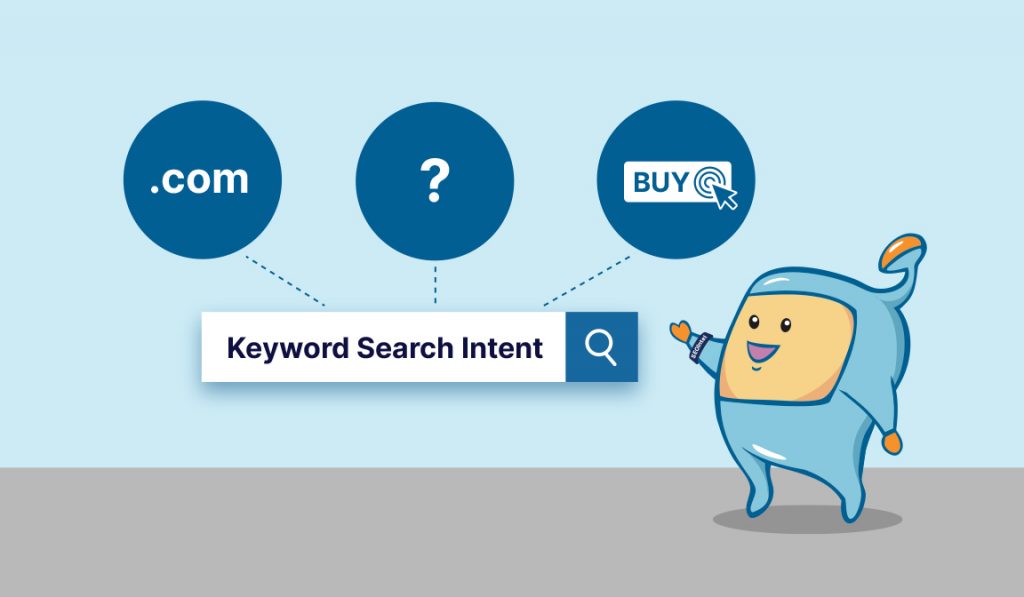
Competitors are amazing! They not only push you to be the best small business owner or SEO you can be, but they also do a lot of the work for you.
You can fill in the blanks for “format, type, angle” by looking at what the top-ranking pages are doing. Simply enter your target keyword and look through the first two or three results, they are your main competitors anyway and they must be doing things right since they are favored by Google.
What kind of pages are these? What format do they use for their content? What is their stance?
Using this data, you can get a good idea of the search intent that is dominating the SERPs for your topic.
Creating content is an excellent way to attract organic traffic and boost your Google ranking, but you must remember to meet people where they are. Consider your buyer’s journey and create content that speaks to their mindset and challenges at that point in the marketing funnel. You have a better chance of increasing your CTRs, conversions, and number of customers if you optimize your content to match specific user intents.
Understanding search intent is central to all search engines. Google has mastered the art of matching searchers to the information they seek, whether it’s a how-to tutorials or a particular product page.
Mastering search intent is your best bet for ranking higher in the SERPs. Using these suggestions, you’ll gain a better understanding of how relevant your content should be.